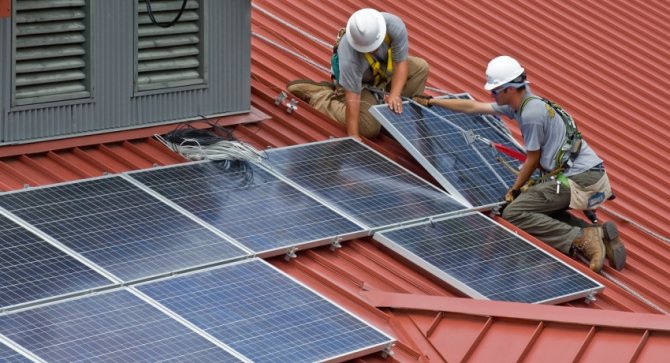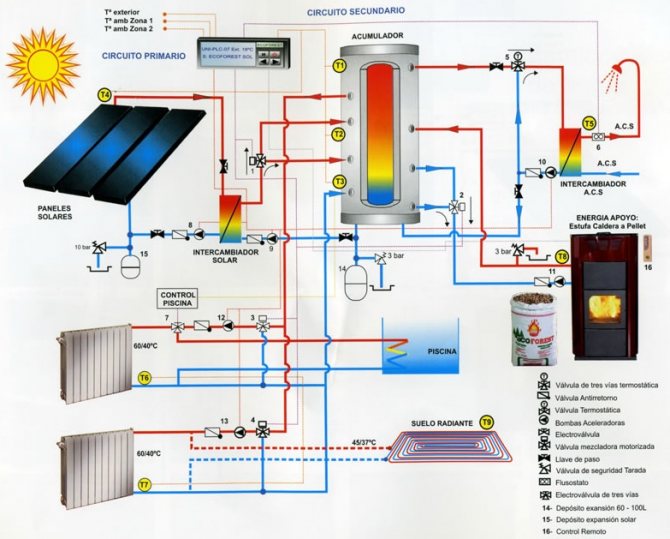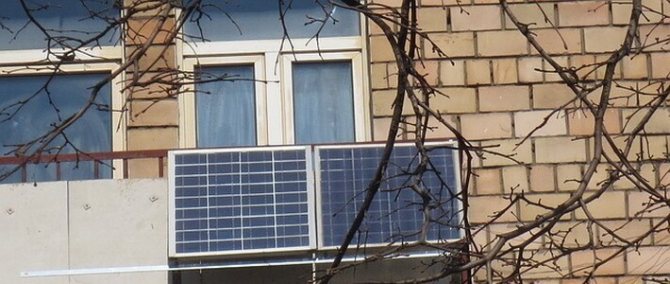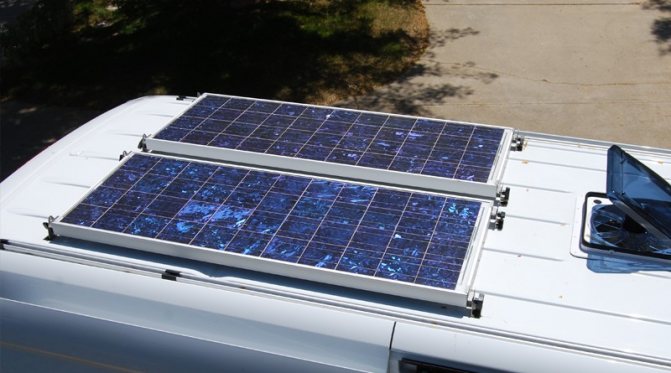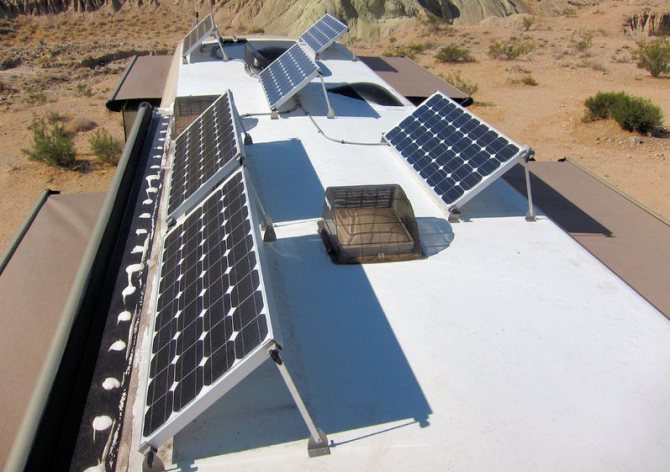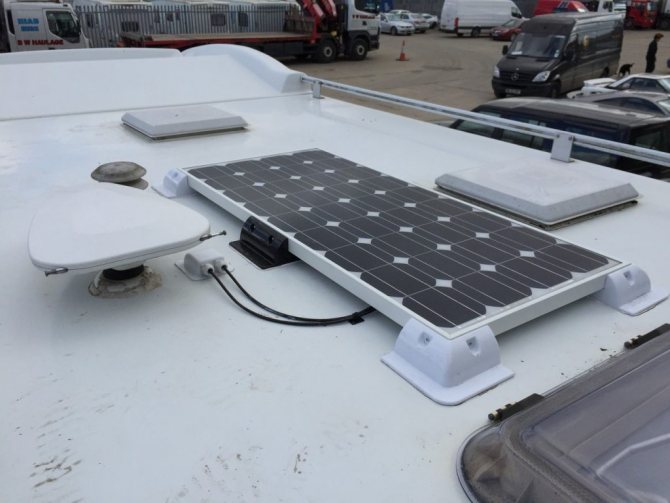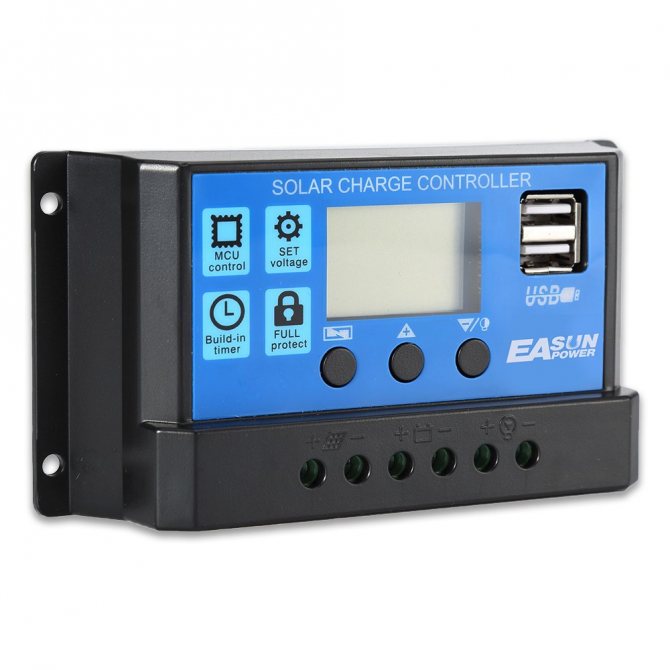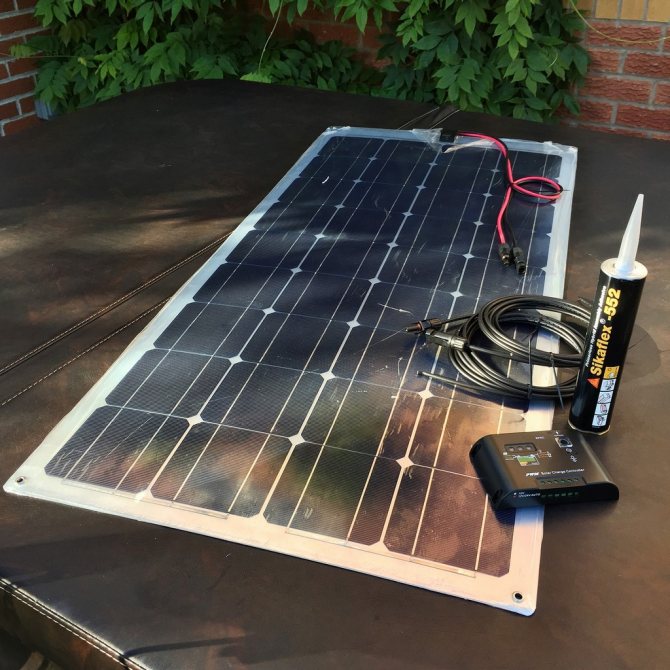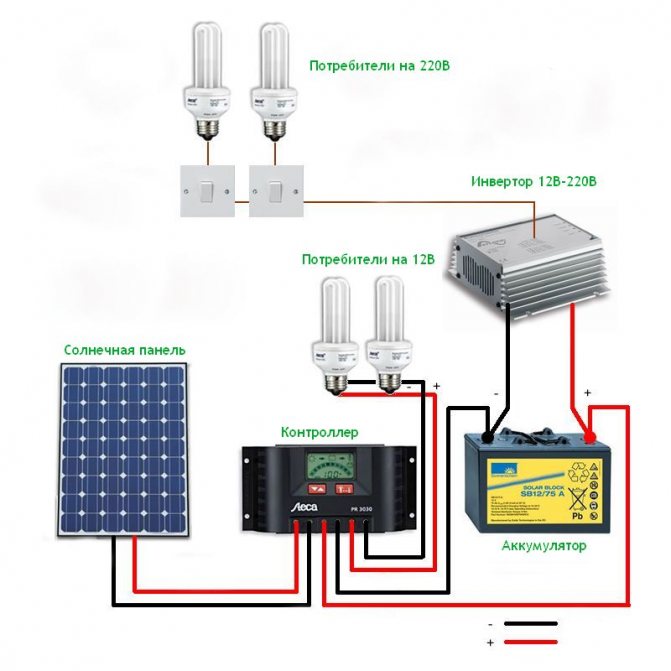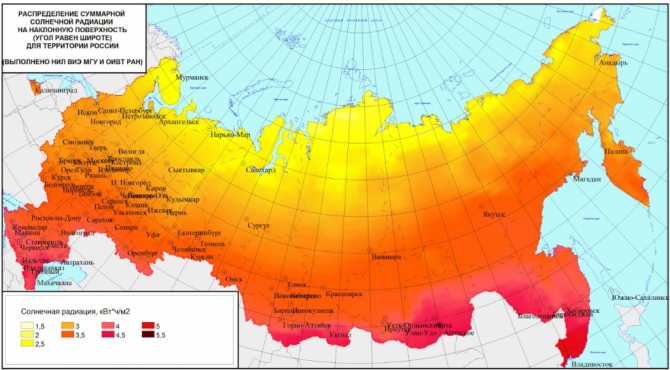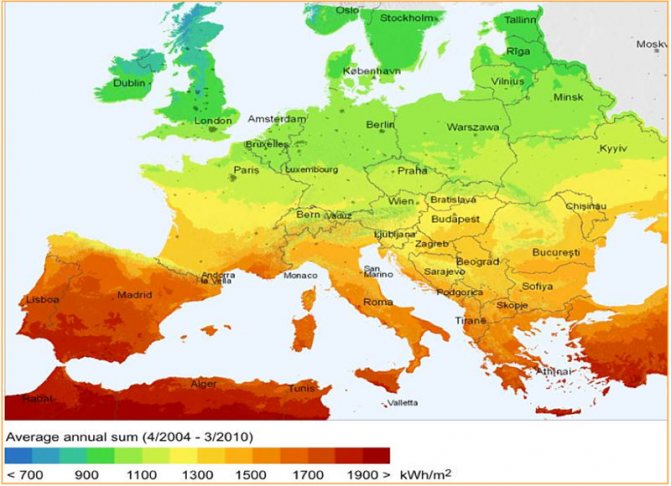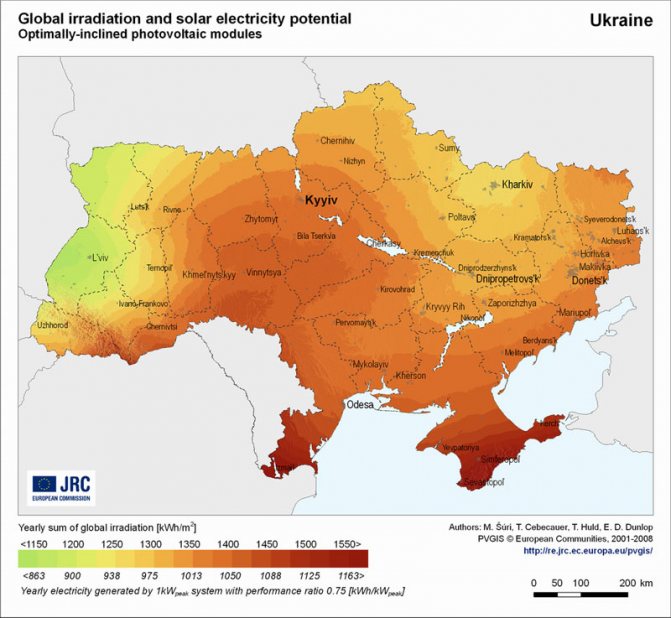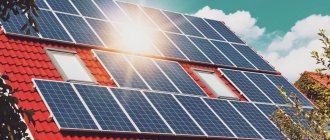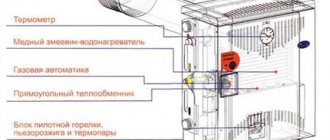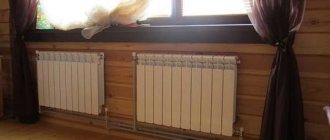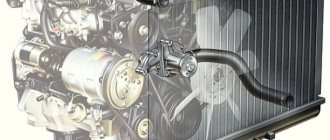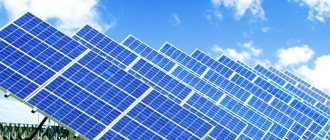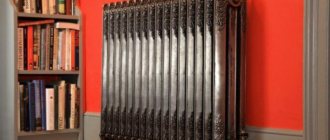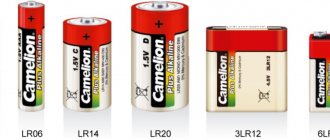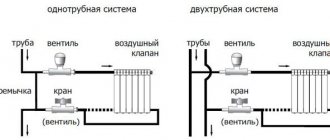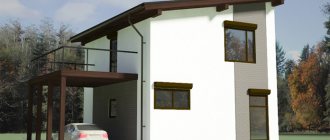Energy sources that do not harm the environment, in the light of large-scale man-made disasters, are of particular importance.
The comfort of our life is provided by a huge number of all kinds of electrical appliances, which entails an increasing dependence on the supply of electricity, which is not always stable.
This factor also contributes to the increase in the number of mini-power plants to meet the personal needs of private home owners.
The cost of solar panels is decreasing every year, and nowadays the installation of a home solar-powered power plant is quite a rewarding undertaking.
To prevent this undertaking from turning into costs that will never pay off, careful calculations must be made before installing such a system.
Installation site - roof
Photovoltaic systems are mounted on the facades of buildings, installed on the walls, but, of course, the most suitable place for installing solar panels is the roof - here the maximum illumination of the elements is ensured.
The gap between the roofing and the photovoltaic module should be at least 5-10 cm, as the elements are heated up during operation.
The optimal orientation of the battery is directly to the south, and acceptable efficiency is achieved in the southeast and southwest direction.
To increase efficiency, a special mobile solar tracking system has been developed, which automatically rotates the solar array in order to provide the best orientation at this moment.
The degree of inclination of the surface of the photovoltaic module is also of great importance. An inclined placement is considered optimal: at an angle of 15 to 90 degrees, depending on the geographical latitude of the area. For the European part of Russia, these values range from 30 to 60 degrees.
In practice, the location of the solar battery primarily depends on the roof structure; during installation, you need to choose the orientation and angle of inclination that are as close as possible to the optimal calculated ones.
Consumption
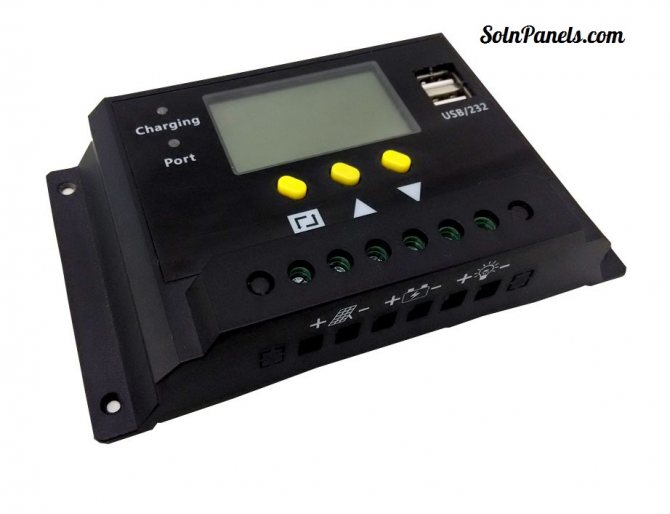
- An important question that will help you calculate the size of your future power plant. In order to determine the required area of the panels, you do not need to know the area of the house, it has nothing to do with it. It is much more important to know: the level of insolation (see above), how much electricity is needed. How do you calculate this?
- You just need to look at your electricity bill if you had a network connection. Calculate how many kilowatt-hours were consumed per day.
- Considering the specification of the panels you have chosen, calculate how much power in kW you need to get from the batteries.
- Given the required calculated power, calculate the area of the panels. For example, if you need a volume of 12 kW, depending on the type of batteries, you will need plus / minus 50 m²
- In fact, with such calculations, it is best to turn to specialists, because there are several more factors, such as: the average operating time of the system per day, the peak voltage on the system, the level of autonomy. It is also important to consider whether such a system is connected to the central supply or not.
Investment in the solar system
- After the above points, you will come to the main question for the consumer: cost. Today the cost of solar panels is several times lower than before., but still this method of generating electricity requires a large investment. In order not to spend extra money, you need to clearly calculate everything.Industry experts will help you with this.
- Also, if your country has such an opportunity, You can connect to the central power supply system and even earn on solar panels, "draining" excess energy into the network. Although most often solar energy is not enough and such a system can only serve as an additional one.
Service
- So that you do not have illusions when buying batteries and installing solar panels, it is worth saying that such a system requires more maintenancethan a centralized system. Solar panels are constantly in need of maintenance. They need to be washed and cleaned of snow if you want to have a decent level of efficiency. Even common dust, when accumulated in large quantities, can reduce power generation by 7 percent. But at the same time, there are a lot of advantages:
- Solar panels have no moving parts... This means that there is really nothing to produce. No wearing parts.
- Even speaking of service, does not mean that you need to clean the panels every day or every week.
- The lifespan of the solar system is up to 50 years! Moreover, even additional functional elements of the system, such as batteries, controllers, inverters, can work for 10-20 years, depending on the quality. At the same time, a third of solar panel manufacturers worldwide are taking back used batteries. This again lowers the price of batteries. After all, new solar panels are made from recycled materials. It even happens that there is an opportunity to buy used batteries and save money.
- Moreover, they will work for more than one decade. And it is very easy to check the condition and production of electricity from batteries.
- Installing solar panels with your own hands is not an easy task, so it is better to turn to professionals. After all, you need rass
There are three main types of modules:
- inclined - suitable for pitched roofs;
- horizontal - placed on flat roofs;
- free-standing - mounted using a separate structure.
New items in the construction market can be distinguished in an independent form - these are photovoltaic panels integrated into the architectural elements of the building structure.
The Tegosolar photovoltaic roofing tile is a prime example: a roof covering capable of generating electricity.
The reason for the decrease in efficiency may be trees, fallen leaves, chimneys, antennas, buildings located in the neighborhood, or other objects, the shadow of which completely or partially covers the battery installed on the roof.
This factor has a great influence on the operation of the system, and it must be taken into account during installation.
The battery, inverter, control unit and other necessary elements can be placed in any convenient place - for example, in a utility room.
Fasteners, racks, rails are made of metal.
This could be:
- steel;
- aluminum;
- galvanized iron.
Design features
Without going into details, we can say that the photovoltaic module
consists of two thin plates - a semiconductor, through which solar energy is converted into electricity.
A direct current is generated, an inverter is used to convert it into alternating current.
Also, the power supply system includes batteries - after all, the intensity of solar radiation is uneven throughout the day, and the controller.
For a low-power system, voltage losses in the cable are significant - it should be kept as short as possible.
What data is needed for calculations
Let's start with the fact that you need to determine the solar insolation coefficient. The intensity of sunlight for your region can be found in the meteorological tables: there the level of solar radiation is indicated for each city on a monthly basis.
The second thing you need to know is the power of the electrical consumers.You can power both the whole house completely, and several devices and bulbs, for other consumers by supplying power from a regular electrical network.
These indicators are calculated as follows: the rated power of the consumer is multiplied by the number of hours of work per day.
The data for all consumers who will be supplied with energy from the solar panel are summarized.
Battery 1 sq. m will be able to provide electricity to a device with a capacity of 120 W - this is an average value.
A solar battery as a source of energy can be used in a house remote from electrical networks, when connection to a stationary power supply is not economically justified.
Of particular note is the fact that the capacity of a home power plant can be increased gradually by increasing the number of batteries.
The calculations should also take into account the charge-discharge losses of the battery, the difference between the optimal calculated and real tilt and orientation of the panels. These data are entered into the calculation formulas using correction factors.
Electrotechnical measures
An equally important stage at which the network wiring and equipment connection is organized. There are various ways to solve these problems, but the most reliable is the method of autonomous connection of solar panels on the roof with an independent power source. Panels with a converter and accumulating blocks are introduced into the autonomous power supply system. This will require generators with a small power of about 500 W with a household voltage of up to 220 V.
Wiring is done using standard, heavy-duty, twisted-pair cable for outdoor use. All equipment connections are made using electrical contactors - as a rule, they are included with solar panels. As an alternative solution, you can think about the possibility of connecting to the central power grid, but then it will not be possible to use the power plant as a backup power source.
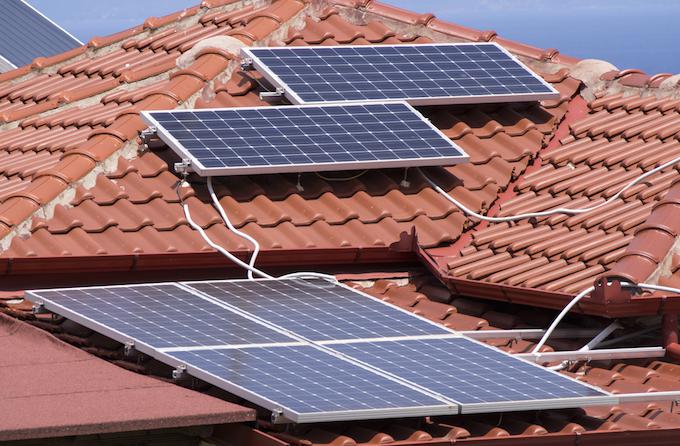

Installation Recommendations
- Before installation, the correctness of the calculations can be checked using special computer programs.
- Protect solar panels from mechanical damage. If necessary, snow guards or snow deflectors can be installed above the element.
- The battery must be reliably protected from moisture ingress.
- The panels must be fastened securely - they will have to withstand gusts of wind, snowfalls and other weather conditions.
Nobody can give guarantees of good weather, the number of sunny days in a year indicated in the handbook is an average indicator, and in practice the values often differ from the average. Besides, occupying a vast area, solar panels have low efficiency.
However, the desire to provide your home with electricity from an independent from public networks and, moreover, an environmentally friendly source in regions with a large number of sunny days a year is economically justified.
The regular rise in electricity prices significantly reduces the payback period of an autonomous system. After all, having paid for the purchase and installation of equipment once, you can use free electricity for many years.
Types of solar panels
They are now classified into 3 categories:
- Thin-film
- Monocrystalline.
- Polycrystalline.
Thin Film Batteries
This battery pack is made of thin stretched films. They can be easily mounted in almost all accessible places.
Protected from sand and dust and able to function in a variety of harsh environments... In the presence of clouds, their efficiency decreases by about twenty percent. Their cost is small, but they require a significant amount of space for their placement.
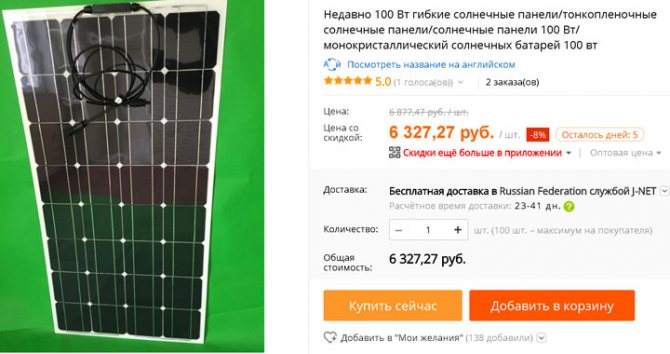

Learn more = >>
Monocrystalline batteries
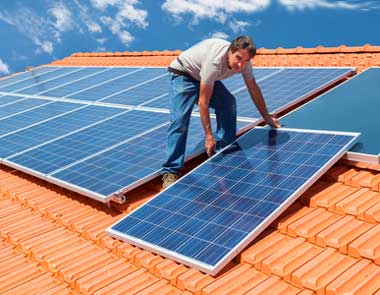

These batteries create multiple cells that are then filled with silicone. Due to their good waterproofing, these batteries are used even on ships.
They can also be placed on the roofs of buildings. If it is not possible to install them on the sunny side of the roof, where, of course, the return on them will be higher, then they can be installed on the shady side. It is also necessary to take into account the moment that diffused sunlight will be less effective.
Monocrystalline batteries are lightweight and compact. They are quite flexible, reliable in operation and serve for a long time. Installation of such batteries is straightforward.
But they also have a drawback. In the absence of sunlight and cloudiness, they cease to generate electrical energy.
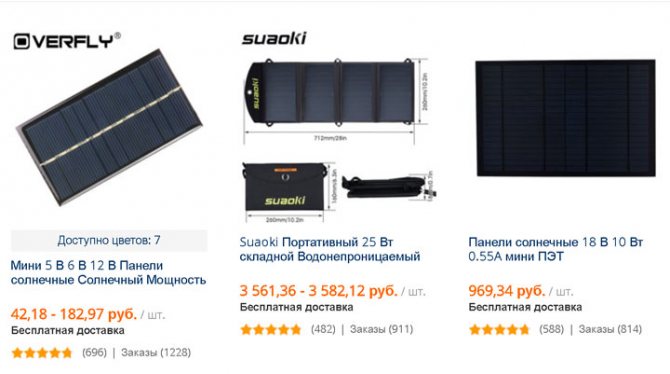

Learn more = >>
Polycrystalline solar cells
Crystals are located in the cells of these solar cells, directed in different directions.
This allows the panels to capture stray light and are much less dependent on direct sunlight.
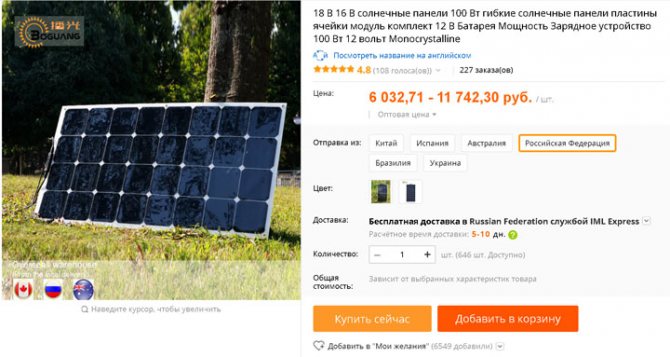

Go to directory = >>
They are familiar to very many thanks to illustrations in magazines and on the Internet. The companies produce these batteries in the form of blue panels, which look very impressive and stylish after installation. They cost a little less and can be installed in many places. They can illuminate the streets of cities, houses, institutions.
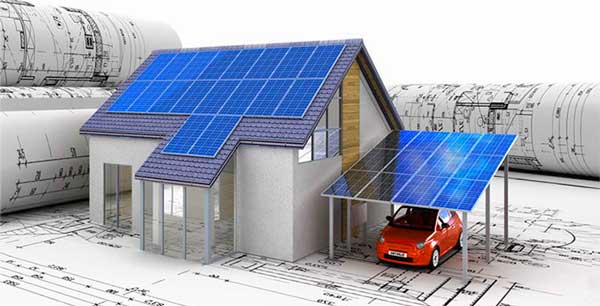

Why solar panels?
The question may arise - why exactly solar panels, and not some other energy sources?
- As long as the sun is shining, the solar panels will generate electricity.
- Such batteries are self-contained. They don't need centralized power grids to connect. Therefore, it is possible to drastically reduce the cost of maintaining infrastructure in cities, businesses and housing. The power of local energy companies is reduced to almost zero. Energy independence is acquired.
- In remote areas and towns, laying a cable will cost a lot of money. It will be much more profitable to install solar panels. The costs will be minimal and there is no need to pay for the services of a whole team of installers - electricians.
- Environmental friendliness... The main trump card of these batteries. There is no need to use expensive and non-returnable fossil resources. The solar cells of the batteries do not emit carcinogens, and do not increase the amount of carbon dioxide in the planet's atmosphere. There is no need to cut down huge areas of forests already affected by human activities.
- Lack of licensing. Regulations requiring the licensing of electricity generation from such batteries have not yet been enacted. Therefore, this factor should be used until the next duty is introduced.
Can solar panels be used in the private sector?
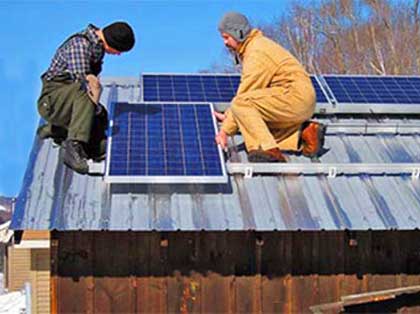

Solar panels have long been successfully used by corporations and companies as well as homeowners. Prices for such products in Russia are still lower than those of Western samples. As for the quality, this is another question. Nevertheless, the cost of products with the introduction of new technologies is gradually decreasing and solar panels are becoming available to an increasingly wider category of consumers. Manufacturers of solar panels for the home offer them to buyers with a service life of at least 25 years.

